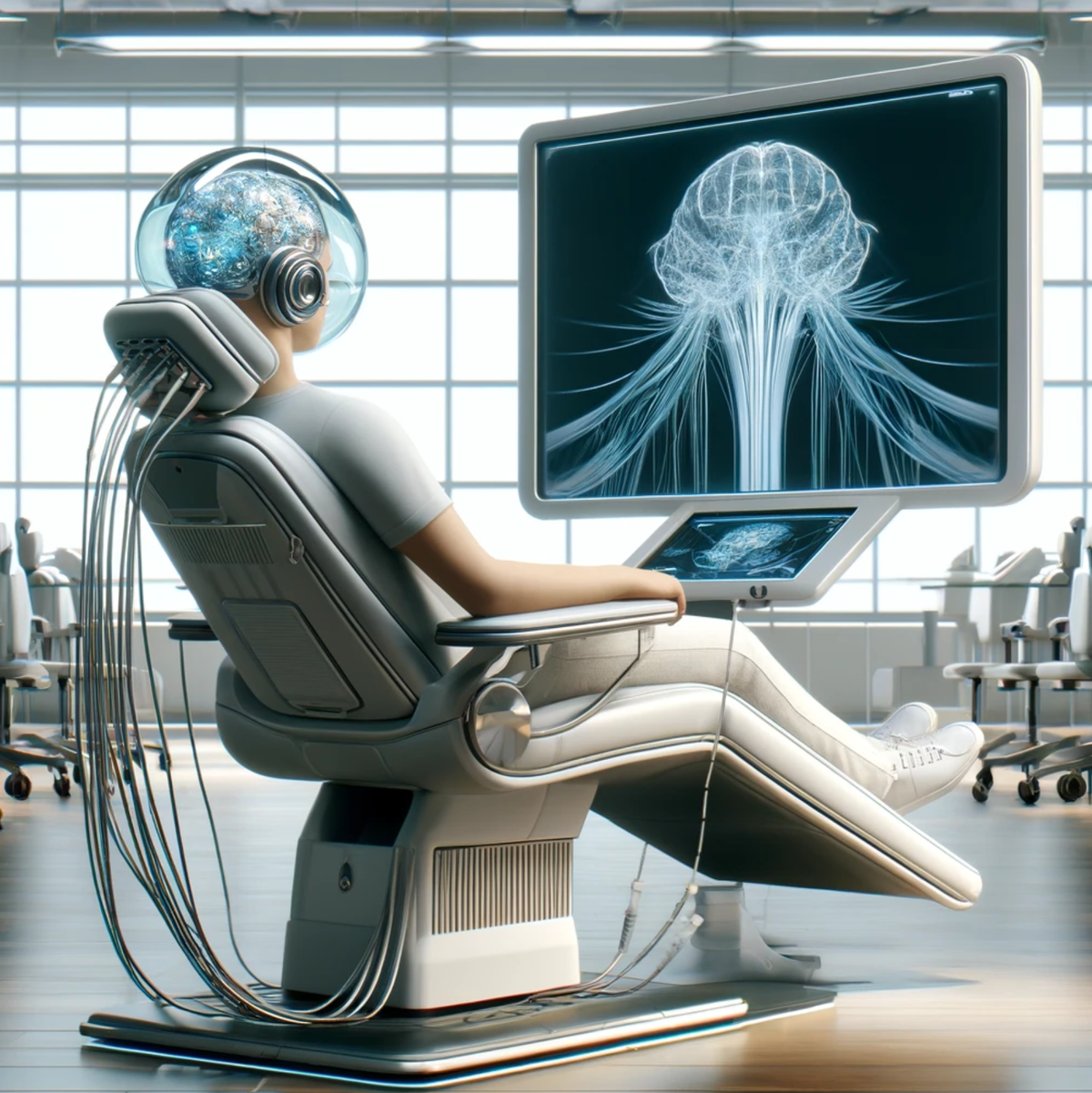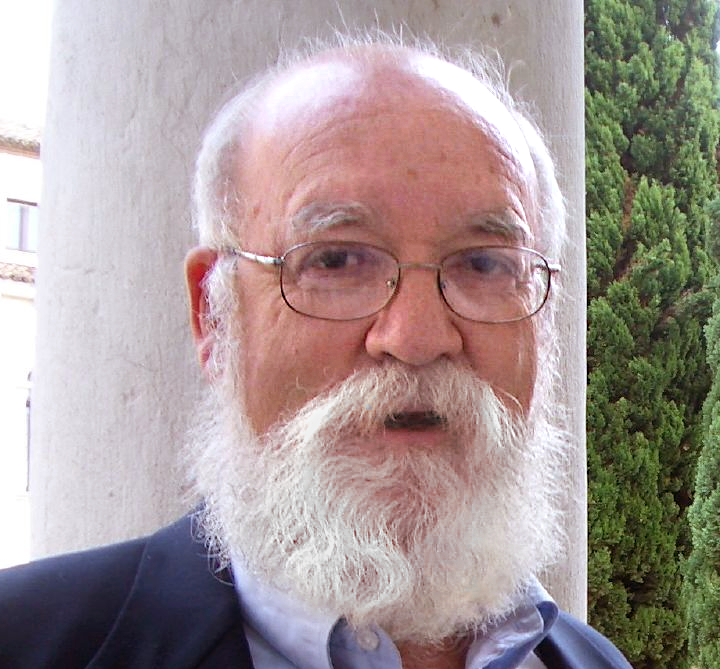Challenges to Mind Transfer

The controversy: Elon Musk, the owner and promoter of Neurolink, has stirred a heated debate with his audacious claims. He has stated that one could upload, store, restore, and even download their memories into a new body or a robot. This concept, a staple of science fiction, has been explored in popular works like Altered Carbon, West World, Black Mirror, and the recent adaptation of the Three-Body Problem.
Why it matters: There are issues that need to be solved. First, there needs to be more clarity on what is being transferred. Musk is using the word "memories," but it's important to understand that in essence, you are not your memories, no matter what your ultimate take on consciousness is. The first-person subjective perspective is that which has memories and recalls them. So, even if you transfer memories, who in the new body or robot would be the observer or the experiencer? Memories don't experience themselves.
Hurdles: Regardless of one's stance on consciousness—be it viewed as a fundamental phenomenon or as emerging from the brain—Musk's assertions raise questions in both contexts. For an exploration of the difficulties, consider the insights of Dr. Miguel Nicolelis, as highlighted in the following video excerpt:
Dr. Miguel Nicolelis section starts at 2:58 to 3:52
The actual tech: The actual tech is beginning to do amazing things. Here is a link to the first Neurolink patient who had a diving accident and developed paraplegia from the shoulders down. Now, with a Neurolink implant, he can play chess using his mind. To add a note of caution: While other companies explore similar technologies, Musk's Neurolink lacks transparency. Nevertheless, this innovation is here to stay. Here's a link to an article featuring a video of the patient.
Its benefits: This technology can offer immense benefits, focusing on those with genuine needs. It promises to significantly improve the lives of individuals facing real challenges
Understanding the tech: We're currently at the nascent stages of a technology aimed at understanding and interfacing with the mind and consciousness. Our initial efforts, though rudimentary, are already yielding significant breakthroughs. Imagine the potential advancements if we were to deepen our comprehension of consciousness and mind and develop methods to interact with it more directly, moving beyond the current indirect and somewhat crude approaches.
In closing: Understanding the capabilities and limitations of this technology is crucial. The field attracts those motivated by a desire to improve lives alongside others who may prioritize financial benefits from unproven applications. Therefore, fostering open discussions to delineate the true potential and boundaries of this technology remains essential, guiding its development towards meaningful impact.


